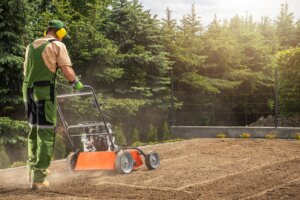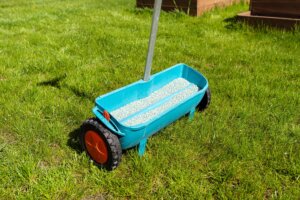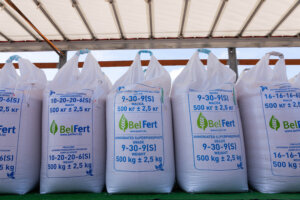Many Pennsylvania homeowners feel like weeds take over their lawns every season, but fall offers the best chance to fight back. Unlike spring, when weeds surge alongside turf growth, the fall season creates a window where herbicides, overseeding, and cultural practices are most effective.
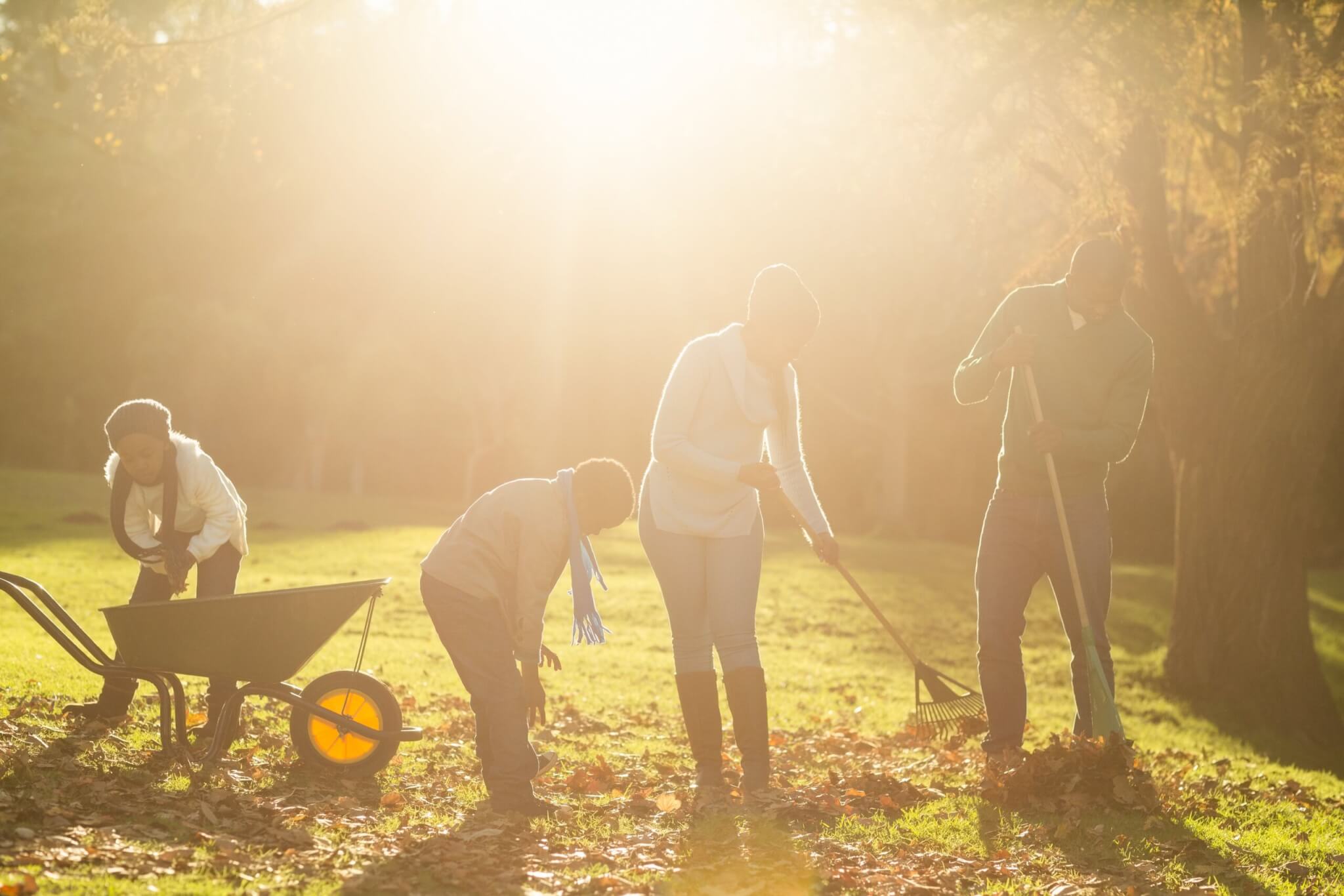
At Terra Lawn Care Specialists, our in-house agronomist and certified team bring decades of experience to help homeowners across Montgomery, Bucks, Berks, Delaware, and Chester counties protect their lawns.
This 2025 guide breaks down why fall matters, how to spot problem weeds, and the best strategies to ensure your lawn heads into winter strong, and comes back healthier and weed-free by spring.
Why Fall Weed Control Matters
Weeds don’t stop growing when temperatures cool. In fact, weed growth in cooler temperatures shifts underground, as perennial weeds begin storing nutrients in their root systems. Applying selective herbicides during this period allows products to translocate deep into the roots, delivering long-term results.
Key Benefits of Fall Applications
- Better control of perennial weeds such as dandelions and creeping Charlie.
- Residual control that prevents winter annual weeds from sprouting.
- Less competition for fall grass seed, fertilizer, and water.
- A stronger, denser turf that naturally helps prevent weeds in the spring.
By investing in fall lawn care, homeowners set the foundation for a vibrant lawn that resists problematic weeds during the next growing season.
Common Lawn Weeds to Target in Fall
Broadleaf Weeds
Some of the most common broadleaf weeds in Pennsylvania include:
- Dandelions – taprooted and best controlled in fall.
- Clover – spreads aggressively in thin lawns.
- Creeping Charlie – forms dense mats and chokes out desirable plants.
These weeds thrive in cool conditions and are easier to control with post-emergent herbicide applications during fall.
Grassy Weeds
- Crabgrass – a summer annual that dies with frost, but seeds linger.
- Annual bluegrass (Poa annua) – a winter annual that germinates in the fall.
Grassy weeds are easily mistaken for turf, but their growth habits make them major problem weeds if not controlled.
Winter Annual Weeds
Winter annual weeds such as chickweed, henbit, and annual ryegrass germinate in late summer and thrive through early spring. Early fall is the best time to treat weeds in this category with pre-emergent herbicide or targeted sprays, before they set seed in spring.
Herbicide Applications to Kill Weeds
Pre-Emergent Herbicides
A pre-emergent herbicide prevents fall germinating weeds before they sprout. These products create a protective barrier in the soil to target weed seeds.
- Best timing: Apply pre-emergent herbicides when soil temperatures are between 60–70°F, usually late summer through early fall, before the first frost.
- Form options: Both granular herbicide and liquid pre-emergent formulations are effective. Granular works well for large areas, while liquid pre-emergent options provide precise control.
- Fall pre-emergents vs. spring applications: Fall applications reduce new weed growth earlier, minimizing spring pressure.
Post-Emergent Herbicides
When lawn weeds are already actively growing, post-emergent herbicide treatments are the solution.
- Broadleaf weeds respond well to selective herbicides in the fall.
- Grassy weeds like Poa annua often require specific formulations.
- Apply when the air temperature is between 50–85°F for maximum absorption.
- Always use caution with a backpack sprayer to avoid herbicide drift onto desirable plants.
Timing Your Fall Weed Control Applications
Timing is crucial for effective fall control.
- Late summer to early fall is ideal for both pre-emergent applications and post-emergent treatments.
- Monitor your local climate and soil temperatures to apply herbicides at the right time.
- Combining fertilizer and fall pre-emergents prepares lawns for winter and helps achieve a weed-free lawn by the following spring.
Cultural and Manual Methods
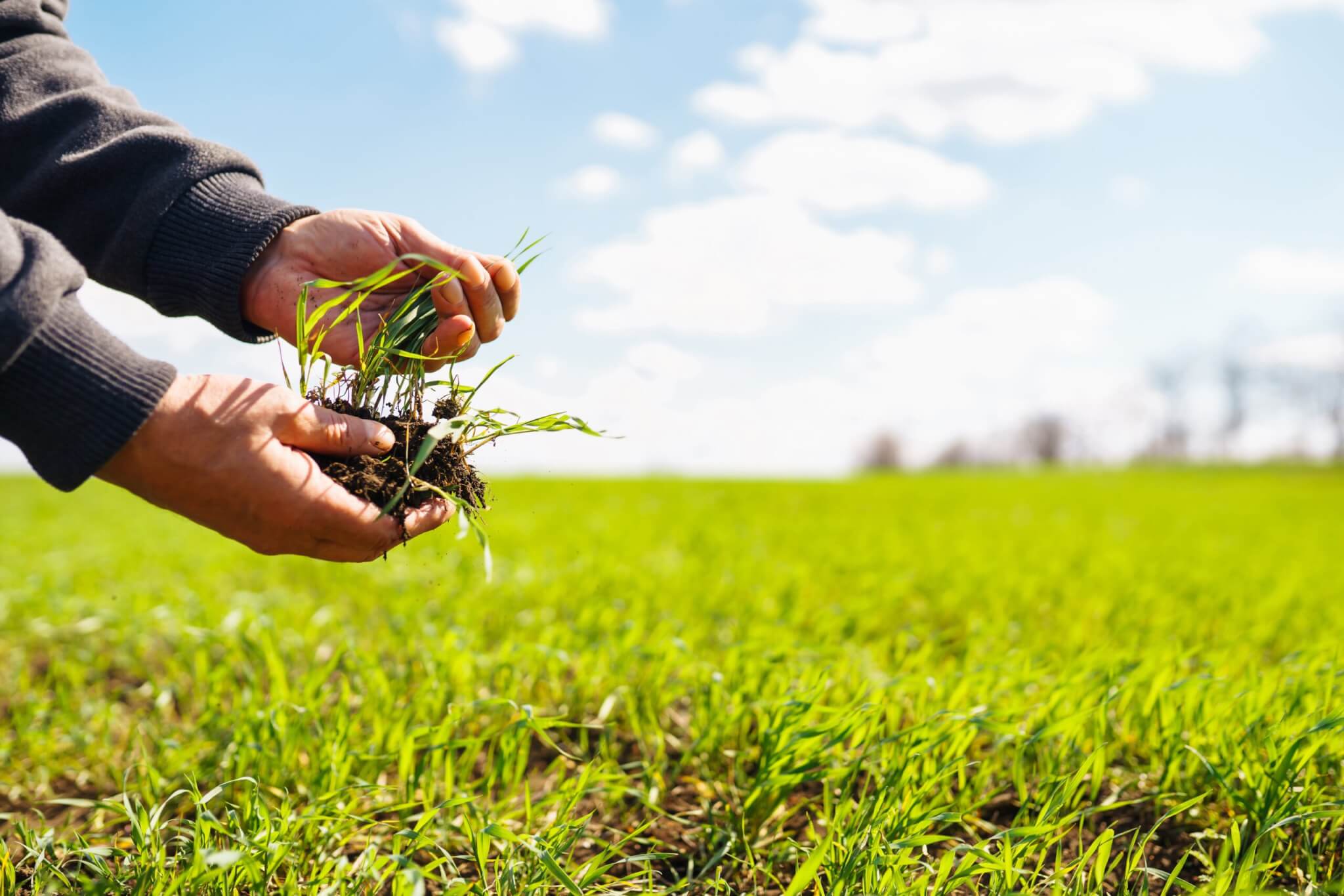
Chemical treatments aren’t the only way to control weeds in the fall:
- Overseeding with cool-season grass seed creates dense turf to naturally prevent weeds.
- Hand-pulling works well for tap-rooted weeds like dandelions, but creeping weeds with fibrous roots (like creeping Charlie) often require herbicide support.
- Proper mowing, watering, and combining fall fertilizer with weed control ensure a healthy lawn that competes against unwanted plants.
For a full overview of seasonal lawn maintenance practices beyond weed control, visit our Lawn Care Services page.
Professional Fall Weed Control vs. DIY
Many lawn owners attempt DIY approaches but struggle with timing, product selection, and knowing how to treat weeds based on their grass type.
Why Professional Help Matters
- Correct identification of specific weeds and the right herbicide to use.
- Precision herbicide applications with professional-grade equipment.
- Custom programs for cool-season lawns are common in Pennsylvania, and warm-season grasses are used where applicable.
- Reduced risk of herbicide drift and damage to desirable plants.
At Terra Lawn Care Specialists’ Weed Control Services, our team uses localized expertise to protect lawns in Montgomery, Bucks, Berks, Delaware, and Chester counties with both pre-emergent control and post-emergent herbicides.
Get a Head Start on a Weed-Free Lawn
Fall isn’t just another season in lawn care; it’s the most important time for weed prevention. By addressing problem weeds now with a combination of emergent herbicides, overseeding, and proper maintenance, you’ll enter spring with a denser, more resilient lawn.
Looking for expert guidance, professional-grade products, and guaranteed results?
Trust Terra Lawn Care Specialists and contact us today to schedule your fall lawn weed control service and ensure a healthier, vibrant lawn next year.

